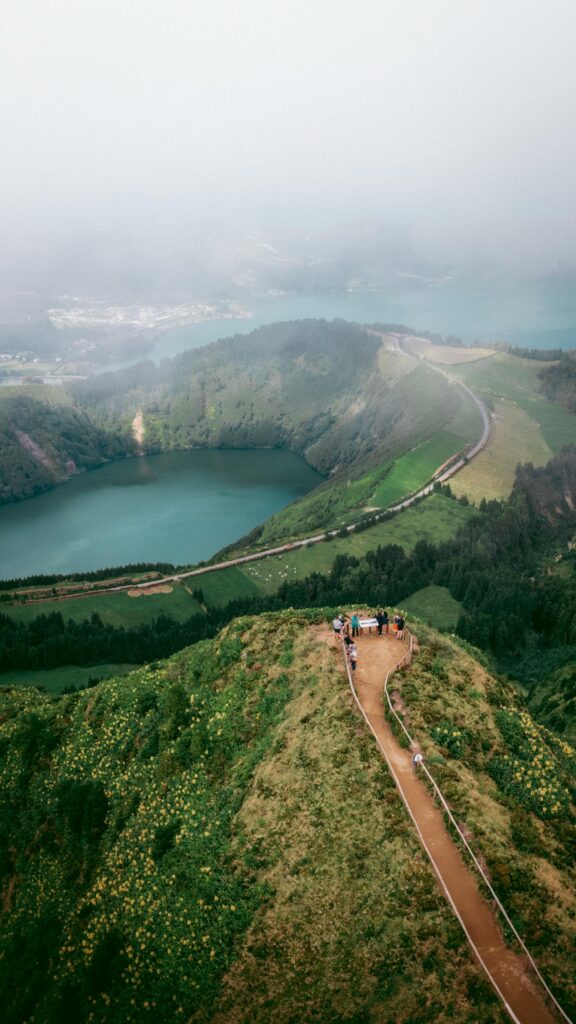
In the realm of luxury wellness travel, destination matters—but so does design. Travelers are no longer content with five-star accommodations; they want five-star transformation. The top wellness retreats in 2025 are not just beautiful—they’re built to heal, from the ground up.
Everything—from the architecture to the air quality—is designed to support rest, restoration, and reflection. Neuroscience, environmental psychology, and ancient healing systems inform how these properties are laid out and how guests move through them.
At Six Senses Douro Valley (Portugal), for instance, biophilic design principles integrate nature directly into the guest experience. Surrounded by vineyards and shaded by centuries-old trees, rooms are intentionally minimal, allowing views and natural light to dominate (Six Senses, 2023). Studies show that even a short exposure to natural environments significantly reduces cortisol levels and improves mood (Ulrich et al., 1991).
In Thailand, Kamalaya Koh Samui was designed by a former monk and uses the terrain’s natural contours to encourage inward focus. Its wellness sanctuary is built around a cave that once served as a place of meditation. The property’s signature program—Emotional Balance & Mindfulness—includes somatic therapy, yoga, and silent reflection sessions (Kamalaya, 2024).
Another standout: Euphoria Retreat in Greece. Nestled in the mystical Peloponnese region, this architectural marvel blends Byzantine domes with minimalist interiors, designed to activate stillness and stimulate reflection. Guests move through a ‘healing spiral’ of treatments, inspired by Hippocratic medicine and Greek philosophy. Euphoria’s Scientific Wellness approach combines genetic analysis, metabolic testing, and spiritual coaching (Euphoria Retreat, 2023).
According to the Global Wellness Institute, sensory design is increasingly used to promote relaxation and emotional balance. Soundproofing, aromatherapy-infused air systems, and circadian lighting are standard in many high-end wellness resorts (Global Wellness Institute, 2023). These details might be invisible to the eye—but they’re deeply felt by the nervous system.
Here’s what makes design-driven wellness travel truly transformative:
– Intentional movement: Pathways, pools, and treatment areas are laid out to guide guests from activation to relaxation.
– Wabi-sabi aesthetics: Imperfect, natural elements create grounding and authenticity. Clean lines and neutral palettes signal safety to the brain.
– Space for solitude: The most luxurious amenity for today’s traveler isn’t a marble bathtub—it’s a quiet, private moment. Look for properties with meditation pods, private terraces, or reflection gardens.
The most memorable retreats don’t just pamper—they imprint. As neuroscience researcher Dr. Norman Doidge explains, new experiences in a novel environment can rewire neural pathways, especially when paired with introspection and intention (Doidge, 2015).
When environment supports transformation, healing becomes inevitable. And that’s the future of luxury: not just escaping stress, but designing a life you don’t need to escape from.
Click here to start designing your next chapter.